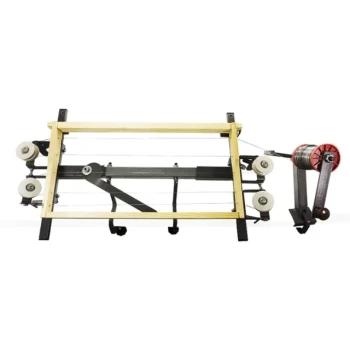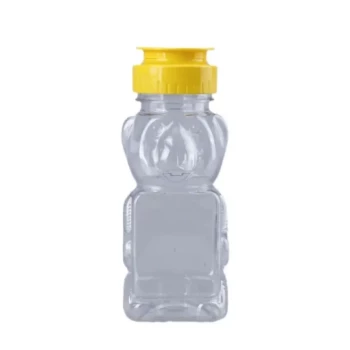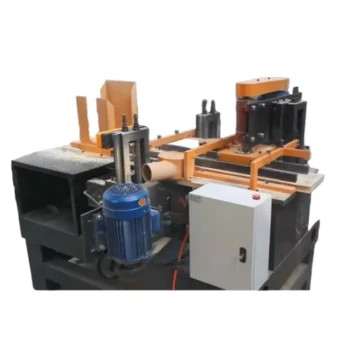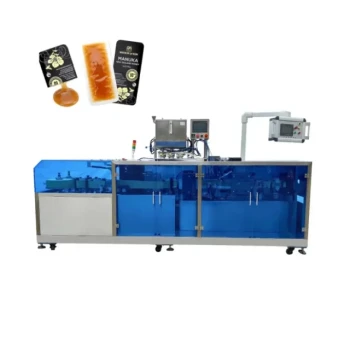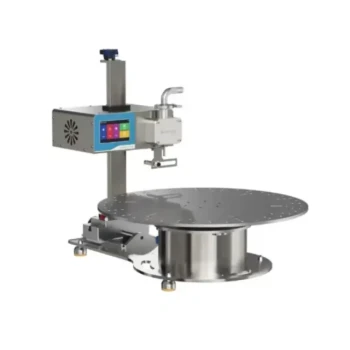Fundamentally, there are two primary methods for preserving honey bee semen, each serving a distinct strategic purpose. For short-term needs, semen can be stored above freezing at room or refrigerated temperatures for several weeks. For long-term genetic banking, the definitive method is cryopreservation, which uses liquid nitrogen to store semen indefinitely.
The core decision is not about which preservation method is "best," but which one aligns with your timeline and objective. Short-term storage serves immediate operational needs, while cryopreservation is the foundation for long-term genetic management and conservation.
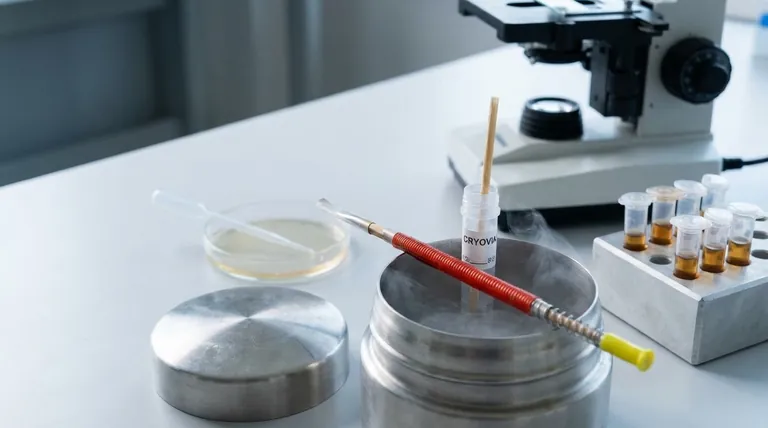
The Strategic Purpose of Semen Preservation
Preserving honey bee semen is a powerful tool for advanced apiculture. It moves breeding beyond the confines of natural mating schedules and geographical limitations, enabling precise genetic control.
Gaining Control Over Genetics
Instrumental insemination, which relies on collected semen, gives breeders complete control over the queen's mating. This allows for the selection and propagation of specific traits like disease resistance, gentleness, or honey production.
Overcoming Logistical Barriers
Shipping live drone colonies for breeding is complex and risky. Preserved semen, especially when cryopreserved, allows for the safe and efficient transport of valuable genetic material across long distances, decoupling semen collection from queen insemination.
Ensuring Long-Term Genetic Diversity
Cryopreservation allows for the creation of a "gene bank." This is critical for conserving the genetic lines of valuable or endangered honey bee subspecies and provides a buffer against the loss of diversity from disease or disaster.
Method 1: Short-Term, Above-Freezing Storage
This method is the most straightforward approach, suitable for immediate and near-term breeding plans.
The Working Principle
Semen is collected and stored in a sterile environment, often mixed with a diluent. It is kept at room temperature or refrigerated to maintain viability without freezing.
Viability and Duration
This technique can maintain sperm viability for a period ranging from several weeks up to two months. The exact duration depends heavily on the quality of the semen, the diluent used, and storage conditions.
Primary Application
Short-term storage is ideal for breeders who plan to inseminate queens within the same season. It provides operational flexibility, allowing them to collect semen from multiple drones over time for a single insemination day.
Method 2: Long-Term Cryopreservation
Cryopreservation is the gold standard for long-term genetic banking, effectively stopping the biological clock.
The Cryogenic Principle
Semen is carefully prepared and frozen to -196°C (-321°F) using liquid nitrogen. At this temperature, all metabolic and biological activity ceases, allowing for theoretically indefinite storage.
The Critical Role of Cryoprotectants
Before freezing, semen is mixed with a cryoprotective diluent. This special solution prevents the formation of sharp ice crystals that would otherwise puncture and destroy the sperm cells during the freezing and thawing process.
Primary Application
This method is essential for any long-range strategic goal. This includes establishing a formal gene bank, preserving unique or superior genetic stock for future use, and facilitating international research collaborations.
Understanding the Trade-offs and Challenges
While powerful, these methods are not without their complexities. The choice to implement a semen preservation program requires a clear understanding of the associated requirements.
Equipment and Skill
Short-term storage is relatively simple, but cryopreservation requires specialized and expensive equipment, including liquid nitrogen dewars and controlled-rate freezers. Both methods are ultimately useless without the technical skill and equipment for instrumental insemination of queens.
Viability Post-Thaw
Cryopreservation is a harsh process. Even with optimal protocols, there is typically some loss of sperm viability after thawing. This must be accounted for when determining the dosage for insemination.
Logistical Complexity
Managing a cryopreservation program requires meticulous record-keeping and handling protocols. Any deviation, such as an accidental temperature rise, can compromise the entire stored collection.
Making the Right Choice for Your Goal
Your objective dictates the correct preservation strategy.
- If your primary focus is operational flexibility within a single season: Short-term, above-freezing storage is the most practical and cost-effective solution.
- If your primary focus is long-term genetic conservation or a multi-year breeding program: Cryopreservation is the only viable method for securing genetic assets indefinitely.
- If your primary focus is introducing new genetics from a distant source: Cryopreserved semen offers the most security and flexibility for transport and timing.
By mastering these preservation techniques, you can elevate your breeding program from a process of chance to a deliberate act of genetic stewardship.
Summary Table:
| Method | Key Principle | Viability/Duration | Primary Application |
|---|---|---|---|
| Short-Term Storage | Stored above freezing (room/refrigerated temp) with a diluent. | Several weeks up to 2 months. | Immediate operational needs, insemination within the same season. |
| Cryopreservation | Frozen in liquid nitrogen (-196°C / -321°F) with cryoprotectants. | Indefinite (theoretically). | Long-term genetic banking, conservation, and international collaboration. |
Ready to Elevate Your Beekeeping Genetics Program?
Mastering semen preservation is a cornerstone of modern, strategic apiculture. Whether you are a commercial apiary aiming for consistent, superior traits or a beekeeping equipment distributor supporting advanced breeders, having the right supplies is critical.
HONESTBEE supplies the high-quality beekeeping supplies and equipment needed for successful instrumental insemination and preservation programs. We support commercial operations and distributors with wholesale-focused solutions to ensure your genetic stewardship goals are within reach.
Contact our experts today to discuss how our equipment can help you overcome logistical barriers and secure the future of your breeding stock.
Visual Guide
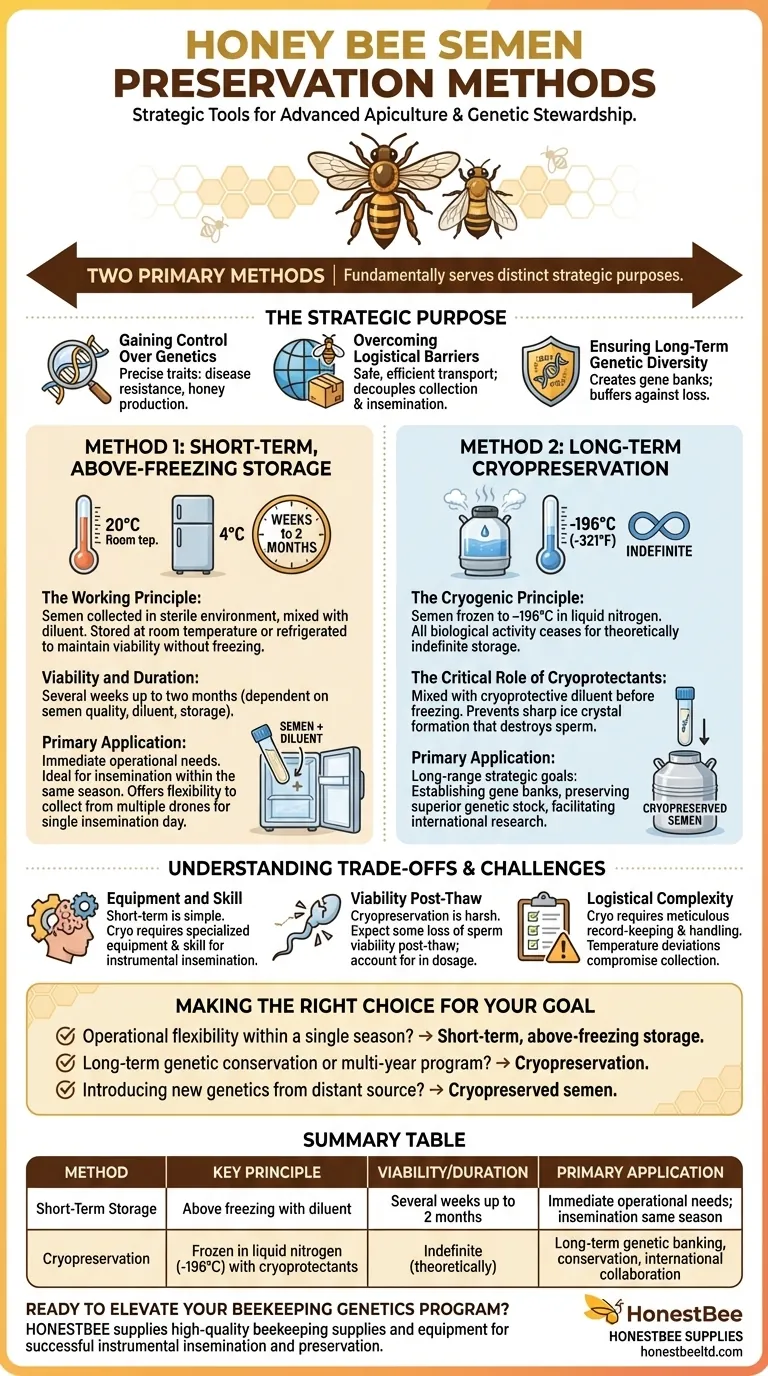
Related Products
- Retractable Chinese Queen Rearing Grafting Tools Equipment
- Plastic Chinese Queen Grafting Tool for Bee Queen Rearing
- No Grafting Queen Rearing Kit: System for Royal Jelly Production and Queen Rearing
- Wooden Queen Bee Excluder for Beekeeping
- Brown Nicot Queen Cell Cups for Breeding Queen Bees Beekeeping
People Also Ask
- Why might grafting be a disincentive for beginners in beekeeping? Explore Simpler Queen Rearing Methods
- What is the primary method beekeepers use to produce multiple queen honey bees in a season? Master Grafting for Superior Genetics
- What are the steps involved in the grafting process? Master Queen Rearing for Your Apiary
- What is the purpose of grafting in queen bee production? Scale Your Apiary with Superior Genetics
- How should the frame of larvae be prepared for grafting? A Guide to Maximizing Larval Survival





